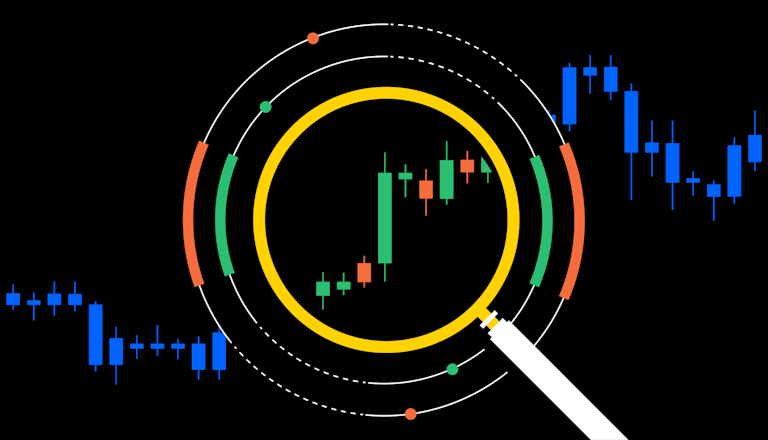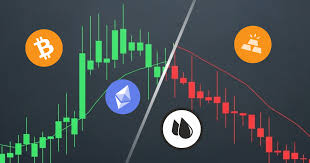Understanding What is Spot Trading in Financial Markets

Understanding What is Spot Trading in Financial Markets
Spot trading is a straightforward and widely used trading method in financial markets. It involves the purchase or sale of a financial instrument, such as stocks, commodities, or currencies, for immediate delivery and settlement. Essentially, spot trading allows traders to take advantage of current market prices without delays. For an in-depth look at how spot trading functions, visit what is spot trading in crypto https://www.sitelike.org/similar/nidux.com/, where you can find valuable resources on trading strategies.
What is Spot Trading?
At its core, spot trading is characterized by the transacting of assets at the current market price, known as the “spot price.” The main distinguishing feature of spot trading is the prompt delivery of the financial instruments. This immediacy contrasts with other trading methods like futures or forwards, where contracts are agreed upon for delivery at a later date. In spot trading, when a trader buys an asset, they instantly own it, and the seller receives payment immediately or within a short timeframe, typically T+2 days.
How Spot Trading Works
To engage in spot trading, one needs to use a brokerage firm or trading platform that facilitates these transactions. Here’s how the process generally unfolds:
- Choose a Market: Traders can engage in spot trading across various markets, including forex, commodities, and equities.
- Analyze Price Movements: Traders typically rely on technical analysis, fundamental analysis, or a combination of both to determine the right time to enter a trade.
- Execute the Trade: Using a trading platform, traders place an order to buy or sell at the current market price.
- Transaction Settlement: Upon execution of the trade, the transaction is settled almost immediately, transferring ownership of the asset.
Advantages of Spot Trading
Spot trading carries several advantages that make it an appealing option for traders:

- Immediate Transactions: The primary benefit of spot trading is the immediacy of transactions. Traders can quickly execute trades and gain access to their assets.
- Simplicity: The mechanics of spot trading are straightforward, making it accessible for both novice and experienced traders.
- No Complex Contracts: Unlike futures or options trading, spot trading does not involve complex contracts or expiration dates.
- Market Liquidity: Many spot markets are highly liquid, meaning traders can easily find counterparties for their trades.
Risks of Spot Trading
While spot trading has its merits, it is not without risks. Here are some of the key risks associated with this trading method:
- Market Volatility: Prices in financial markets can fluctuate significantly, leading to potential losses if a trader enters the market at an unfavorable time.
- Leverage Risk: Some platforms offer leverage in spot trading, which can amplify both gains and losses. Traders must use leverage cautiously!
- Counterparty Risk: When executing trades, especially in less regulated markets, there is a risk that the counterparty may default on the transaction.
Comparing Spot Trading with Other Trading Methods
To better understand the landscape of trading, it’s useful to compare spot trading with other popular methods:
Futures Trading
Futures trading involves contracts to buy or sell an asset at a predetermined price at a specified date in the future. Unlike spot trading, where transactions occur immediately, futures trading can expose traders to various market risks over a longer duration. Futures contracts can be useful for hedging purposes but require more understanding of market dynamics.
Options Trading
Options trading gives traders the right, but not the obligation, to buy or sell an asset at an agreed-upon price before a specified expiration date. This flexibility allows traders to hedge against price movements, but options can also be complex and are subject to time decay.

Popular Markets for Spot Trading
Spot trading can be applied across various markets:
Forex Market
The foreign exchange (forex) market is one of the largest spot markets in the world. Traders buy and sell currency pairs at current exchange rates. Forex spot trading allows for high liquidity and the opportunity to profit from short-term fluctuations in currency values.
Commodity Market
Commodities such as gold, silver, and oil are often traded on a spot basis. Traders can buy these physical goods for immediate delivery, making it attractive for those needing the underlying asset for production or consumption.
Stock Market
In the stock market, spot trading typically refers to buying and selling shares of publicly traded companies. Investors engage in spot trading to take advantage of price movements on stocks, often influenced by market news, earnings reports, and economic conditions.
Conclusion
Spot trading is a fundamental concept in the financial markets that allows traders to buy and sell assets for immediate delivery. Its straightforward nature, combined with the benefits of market liquidity and simplicity, makes it a viable option for many traders. However, potential risks such as market volatility and counterparty risks must be considered. By understanding the mechanics and implications of spot trading, traders can better navigate the complex world of financial markets and make informed decisions.
